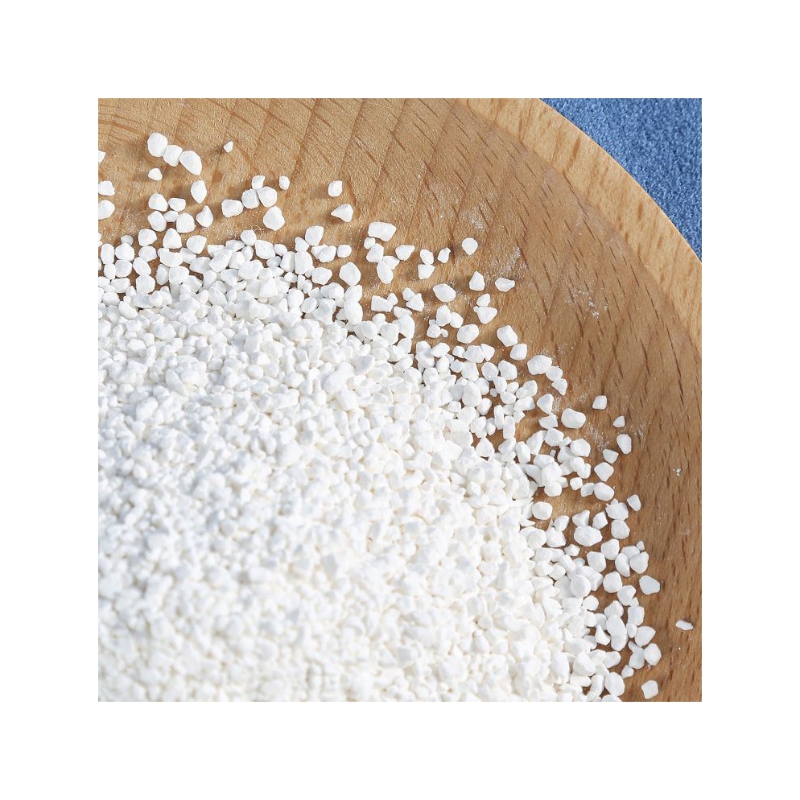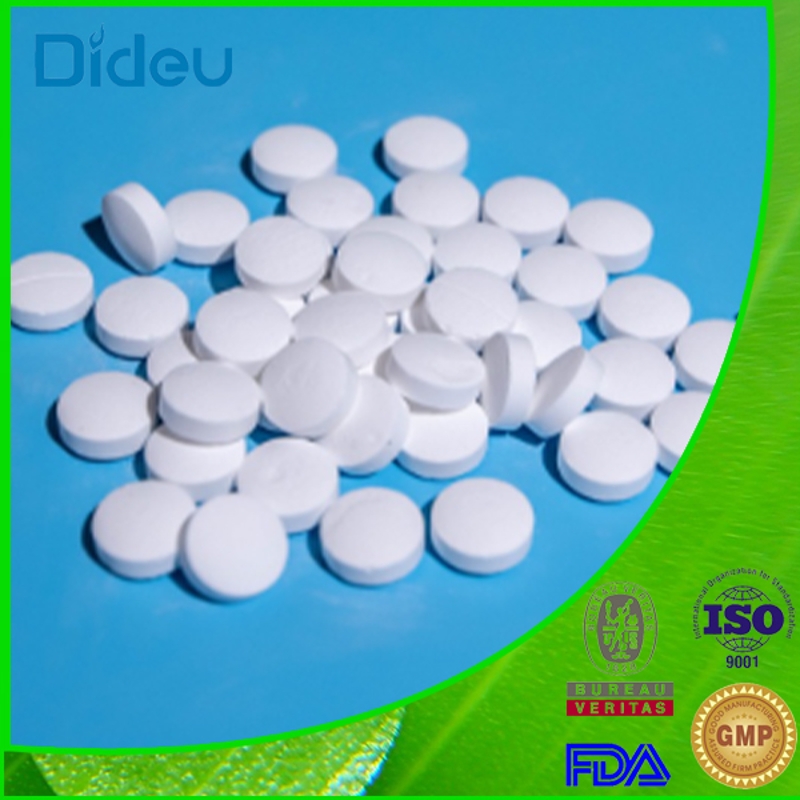-
Categories
-
Pharmaceutical Intermediates
-
Active Pharmaceutical Ingredients
-
Food Additives
- Industrial Coatings
- Agrochemicals
- Dyes and Pigments
- Surfactant
- Flavors and Fragrances
- Chemical Reagents
- Catalyst and Auxiliary
- Natural Products
- Inorganic Chemistry
-
Organic Chemistry
-
Biochemical Engineering
- Analytical Chemistry
- Cosmetic Ingredient
-
Pharmaceutical Intermediates
Promotion
ECHEMI Mall
Wholesale
Weekly Price
Exhibition
News
-
Trade Service
The natural immune response mediated by cytoplic nucleic acid plays a vital role in resisting pathogen invasion, wherein the phosphorylation modification of the joint protein STING and MAVS is necessary to activate the type I interferon reaction.
if the natural immune response is too weak, the host is not able to effectively resist the invasion of pathogens, and the natural immune response is too strong, it may lead to autoimmune diseases.
so how are STING and MAVS-mediated signal paths precisely regulated? Are pathogens, especially viruses, manipulating this regulatory process to escape or antagonized the host's natural immunity, which is conducive to the replication of the virus itself? What are the molecular mechanisms? The Deng Hongyu Research Group of the Institute of Biophysics of the Chinese Academy of Sciences published a research paper entitled: PPM1G restricts innate immune signaling mediated by STING and MAVS and is hijacked by KSHV for immune.
the study identified pphosphatase PPM1G, a host protein that negatively regulates the natural immune responses of STING and MAVS, and analyzed the molecular mechanism of the Kaposi sarcoma-related herpes virus (KSHV) using the interstitrin ORF33 to hold PPM1G for immune escape.
herpes virus is an ancient family of viruses that evolved strategies to suppress the host's natural immune response to successfully infect cells and establish persistent latent infections.
mesoglobin, a class of structural proteins unique to herpes viruses, functions in addition to functioning during the assembly release phase of the late stage of virus replication and is involved in regulating cell signaling paths, especially the immune escape process, in the early stages of viral infection from the beginning.
ORF33 is an interstellar protein that is conservative in all herpes viruses, and previous studies by the Deng Hongyu Task Force have shown that ORF33 played a key role in the assembly of herpes virus particles, but it is not clear whether it has immune escape function.
work, they found that the missing KSHV virus induced cells in ORF33 produced more IFN beta than wild viruses, and that ORF33 could bind to STING and MAVS to inhibit STING and MAVS recruitment of IRF3 molecules.
these results show that ORF33 inhibits the host's natural immune response by affecting the function of the joint proteins STING and MAVS.
study found that in-cell expression orF33 significantly reduced phosphate levels in STING and MAVS.
interestingly, in in-body phosphatase experiments, only purified ORF33 proteins from lactating cells reduced phosphate levels in STING and MAVS, while primary nuclear cell expression purified ORF33 did not.
suggests that ORF33 may recruit and dephosphate STING and MAVS using the host protein phosphatase.
using immunopopulation-mass spectrometry, the researchers identified PPM1G, the host protein phosphatase that interacts with ORF33.
in-body phosphatase experiments, PPM1G, the purification of primary nuclei expression, can directly dephosphate STING and MAVS, and ORF33 can enhance the interaction between PPM1G and STING or MAVS.
results show that ORF33 inhibits the activation of STING and MAVS by recruiting the host protein phosphatase PPM1G to dephosphorylation.
further, the researchers found that PPM1G inhibited the host's IFN beta response, and that the expression of knock-down and knock-off PP1MG enhanced the host's defenses against DNA and RNA viruses.
these results show that PPM1G is capable of negatively regulating the host's natural antiviral immune response.
, the work first found that the protein phosphatase PPM1G is the host factor of negative regulation of natural antiviral immune response, in addition, the work revealed a new strategy of herpes virus immune escape, namely interstitial protein ORF33 recruitment host protein phosphorylase PPM1G dephosphorylation of STING and MAVS, thereby inhibiting the production of IFN beta and the host's antiviral response, conducive to virus replication.
Hongyu, a researcher at the Institute of Biophysics of the Chinese Academy of Sciences, is the first author of this paper, and Tian Huabin, an assistant researcher, is involved in the study.
。







